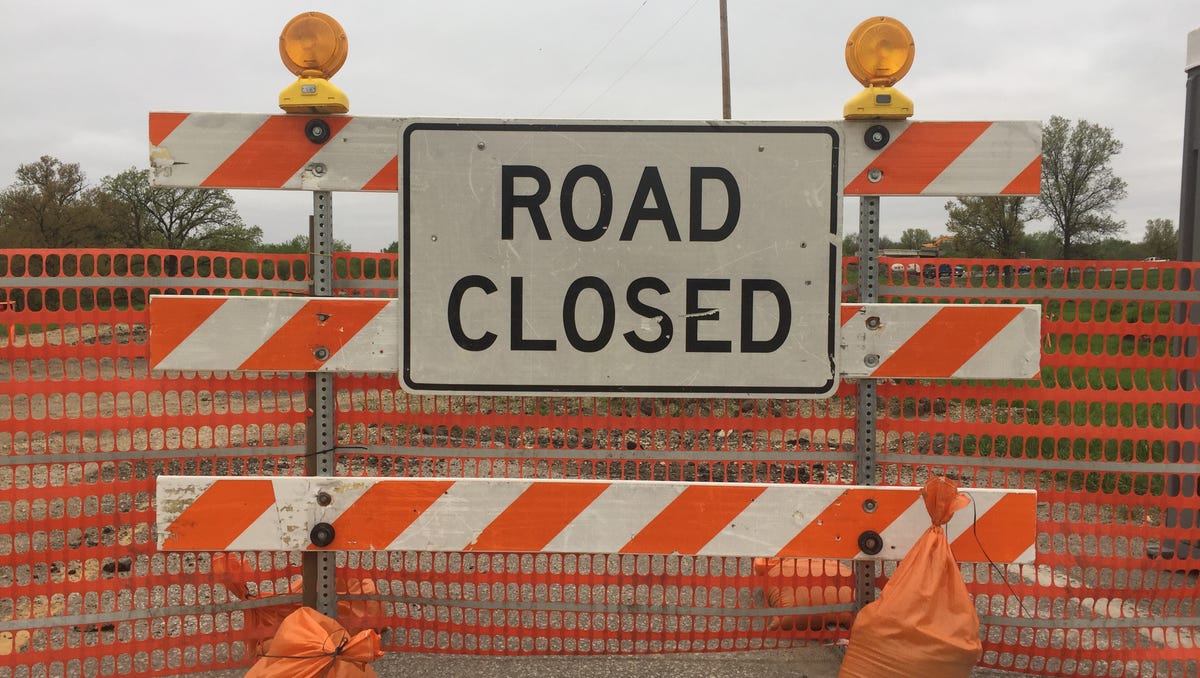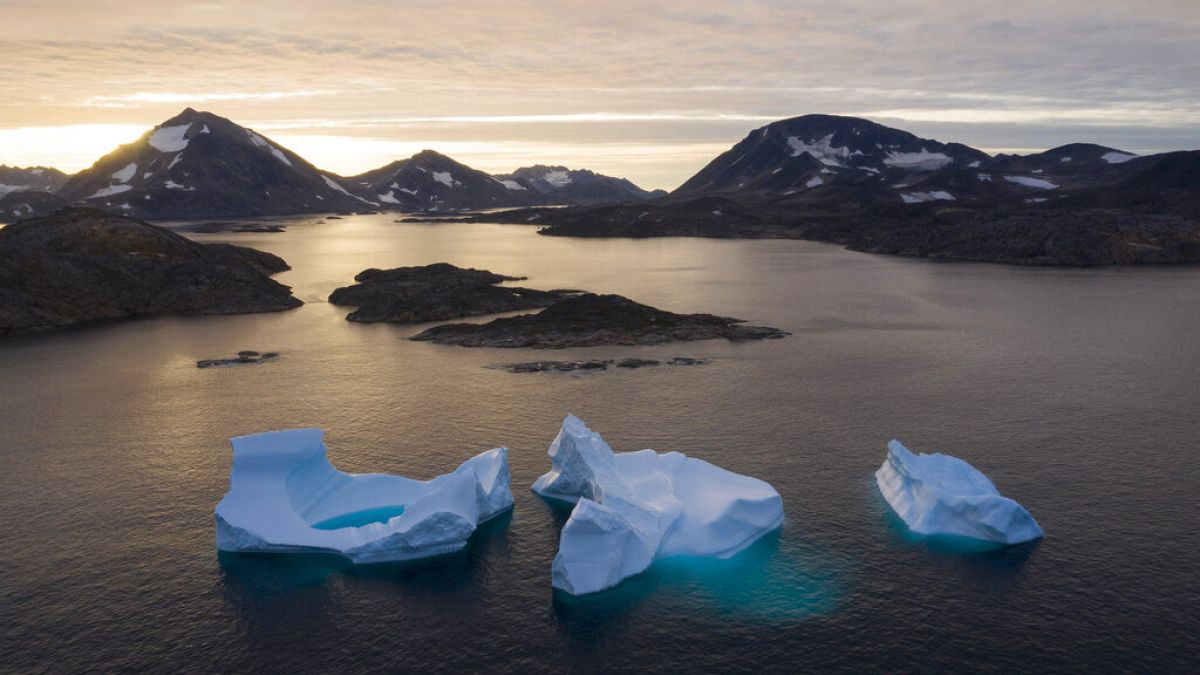The Utah Jazz have the worst home win percentage in the NBA, with just three wins.
The Utah Hockey Club has the worst home win percentage in the NHL, with just six wins.
Well, well. How the NBA’s mighty fortress in Utah has fallen. And, as it turns out now, the NHL’s, too, not that so far it ever really had much of a chance to stand firm.
The Delta Center used to be a favored place — a palace — for the Jazz to play and a dreaded place — a pit — for opposing NBA teams to try to survive, let alone get a win.
Visiting players hated playing there for a whole lot of reasons, foremost among them, they knew they had only a scant shot at victory. They knew it and the Jazz knew it, and the fans knew it. The cinder blocks in the walls and the steel girders in the roof, where the crowd noise of what sounded like a squadron of F-22 fighters taking off ricocheted from every hard surface in the arena, knew it.
Oh, what used to be.
A poll taken by Sports Illustrated among active players in 2008 ranked the Delta Center as “the most intimidating arena in the NBA.”
It had been that way since the early ‘90s, when Larry built the joint.
Maybe you remember, the place was a looney bin. It wasn’t just the building, although the basic structure was intended primarily for basketball, what with fans seated all snug to the floor, courtside and along the end lines, and the hovering seats ascending upward from there. Man, the fans were loud. More than loud, they were rowdy and raucous and … motivated. It was as though all Utahns had their identity wrapped up in every game’s result. If the Jazz won, people around here truly felt better about themselves, about who they were and what they were all about.
(Francisco Kjolseth | The Salt Lake Tribune) Bear smokes out a Calgary Flames fan during an NHL hockey game against the Utah Hockey Club at the Delta Center in Salt Lake City on Wednesday, Oct. 30, 2024.
The Jazz were them, and they were the Jazz. Many of those fans still show up — out of boredom, out of sympathy, out of self-loathing, but healthy self-esteem nowadays is in the shortest of supply.
This is now, that was then. The entire experience at the Delta Center has flipped.
What once had even ultra-competitive opponents like Michael Jordan and Kobe Bryant finding themselves swamped in the environment — although for them it often stirred their best talents — for more than a few lesser players, the Delta Center’s force of personality, for lack of a better way of describing it, crushed them.
Yeah, it helped that the Jazz often had stellar teams taking the floor, teams that were, as mentioned, fairly convinced they were going to win even before they left the locker room. I once asked Antoine Carr, as he sat in front of his locker in the minutes before the opening tip what the odds were that the Jazz would triumph that night. He responded with a question of his own: “Where we playing?”
“Right here,” I answered.
“Nuff said,” Big Dawg barked.
And, sure enough, the victorious hounds were released, same as it ever was.
Back in those years, many years, the Jazz finished with home records of 36-5, 33-8, 34-7, 37-4, 38-3. As recently as 2020-21, the Jazz were 31-5 at home. According to Statmuse, the Jazz’s all-time home record is 1,375-657, which, of course, includes some games played outside the Delta Center. But you get the idea.
It’s a place where you can bet on them winning.
Could.
Not anymore.
The Jazz thus far this season are 3-14 at home. The sounds of those jets launching have grown if not silent, a bit quieter. It’s not even the fans’ fault, though. They’re doing what they can, trying to give the Jazz a lift. The fact that the Jazz draw as well as they do given the circumstances is remarkable. The crowd’s energy, or at least its effectiveness, more often than not surpasses what the team offers.
When the midseason juncture approaches, and the Jazz have just a few home wins to show for it, all you can say is, “Tanks,” or “No tanks,” depending on where you stand on the issue of the Jazz not really trying to win, as a means to win much more in the seasons ahead with added draft talent.
The thing is, even without a tanking effort going on, the same home-stumbling phenomenon is happening to the Utah Hockey Club. It shares the Jazz’s dubious designation, just not quite as lousy, with a home mark of 6-10-4.
Game one at the Delta Center, between the Utah Jazz and the Chicago Bulls in the NBA finals in Salt Lake City
Salt Lake Tribune Staff Photo
You can almost see the tears rolling down out of the weeping windows of the Delta Center. The proud competitive chateau has turned into a sorry sagging shack, even as plans for more renovation are already underway.
Hockey gets a pass, considering it is new to the premises. And perhaps the Jazz do, too, since their bosses decided they were brilliant enough to disassemble a playoff team that they saw as not quite good enough — without enough financial flexibility in it — to then out-maneuver everybody else in the NBA to make an eventual move upward.
That doesn’t mean the building has to like it. I’m thinking the place is haunted now. That’s the feeling I get when I walk through the doors. The ghosts of past 50-plus-win seasons are floating hither and thither, making a racket, being chased around and off by sub-.500 spirits.
The specters and spooks of losing will do that. They’re doing it now. And the only exorcism that will save the Delta Center is …
Ownership and management being as smart as they think and thought they were, smart enough to be worthy of the place they call home.
(Trent Nelson | The Salt Lake Tribune) Utah Jazz guard Collin Sexton (2) at the end of the third quarter, behind by 24 (100-76), as the Utah Jazz host the Denver Nuggets, NBA basketball in Salt Lake City on Wednesday, Nov. 27, 2024.
























/cdn.vox-cdn.com/uploads/chorus_asset/file/25822586/STK169_ZUCKERBERG_MAGA_STKS491_CVIRGINIA_A.jpg)

/cdn.vox-cdn.com/uploads/chorus_asset/file/25821992/videoframe_720397.png)




